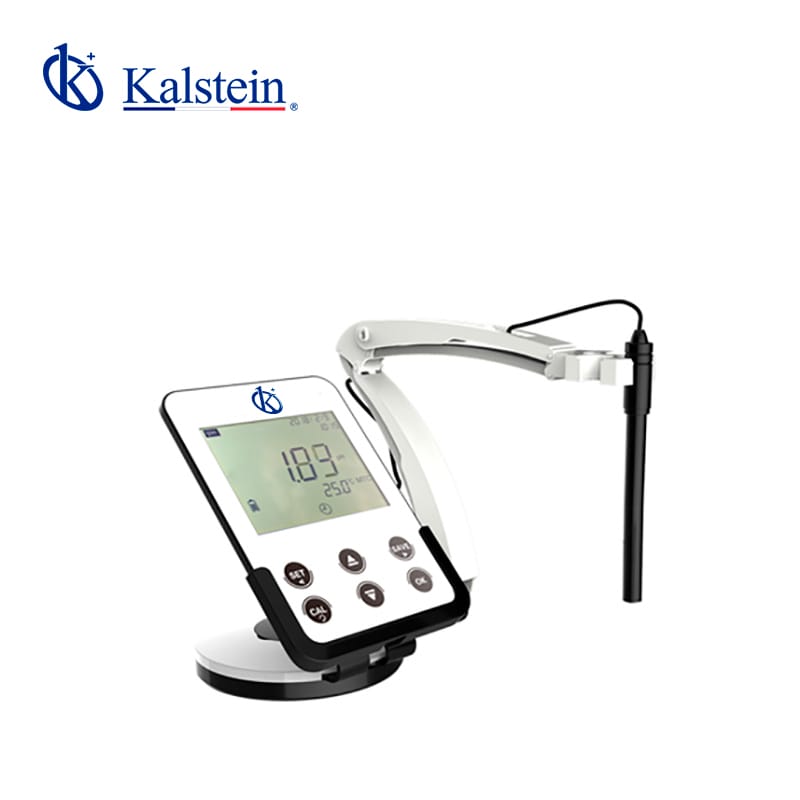Conductivity meters are used to determine the amount of salts in water. These instruments send an electric current through the water and then measure the resistance to electricity. As the concentration of salts in the water increases, the electrical conductivity also increases. Water that does not contain salts, such as rain or tap water, has a very low electrical conductivity. For this reason, conductivity meters are useful for determining whether water is contaminated with salts. Conductivity meters can be used to measure groundwater, surface water, wastewater and seawater.
In general, the larger the water sample, the more accurate the result. Conductivity meters can be portable or benchtop. Portable instruments are usually more compact and lighter, while benchtop instruments can be more accurate.
Errors and Solutions when Using Conductivity Meters
Electrical conductivity is measured in the laboratory in order to characterize a sample of material. Although this test may seem simple, there are certain mistakes that are frequently made that can lead to false results. This article will describe some of the most common mistakes when measuring electrical conductivity, as well as ways to avoid them.
The first mistake made is to use platinum or copper electrodes without ensuring that they are clean. This can lead to the formation of non-conductive films on the surface of the electrodes, which in turn will result in an erroneous conductivity measurement. To avoid this problem, it is necessary to clean the electrodes frequently with a damp cloth or a wire bristle brush.
Another mistake that is often made is not taking into account the temperature of the sample when measuring conductivity. Temperature can significantly affect the measurement, as it increases the mobility of charged particles in the liquid. For this reason, it is important to ensure that the sample is at the same temperature as the electrodes. This can be achieved by using a water bath with a thermostat.
Finally, another common mistake is not taking into account the impurities present in the sample. Impurities can significantly affect the conductivity measurement, as they can interfere with the current flow between the electrodes. For this reason, it is important to ensure that the sample is free of impurities. This can be achieved by using a water filter or an electrochemistry solution.
Recommendations for use
Conductivity is measured in siemens per meter (S/m), and factors affecting the conductivity of a solution include the concentration of the ions, the temperature and the purity of the solution. Below are some recommendations for the use of conductivity meters.
Use the conductivity meter in a well-ventilated place.
Most conductivity meters use electrolytes, which can emit toxic fumes. Therefore, it is important to use in a well-ventilated area.
Unplug the equipment when not in use
Disconnect the meter from the power supply when not in use. This will help prevent accidents and damage to the device.
Do not touch the electrodes during operation. Doing so may result in electric shock.
Calibrate the equipment regularly.
To ensure accurate measurement, it is important that you calibrate the instrument on a regular basis. Refer to the instruction manual for detailed instructions on how to perform calibration.
Kalstein Conductivity Meter
In this category, our users will find the appropriate accessories for all the equipment they wish to use. This includes a wide selection of Conductivity Meters belonging to the YR series. HERE They have manual hold function. Automatic shut-off 8 minutes after the last key is pressed. ECSCAN-C1-100K sensor type. Single line LCD monitor (21 × 21 mm). HERE

